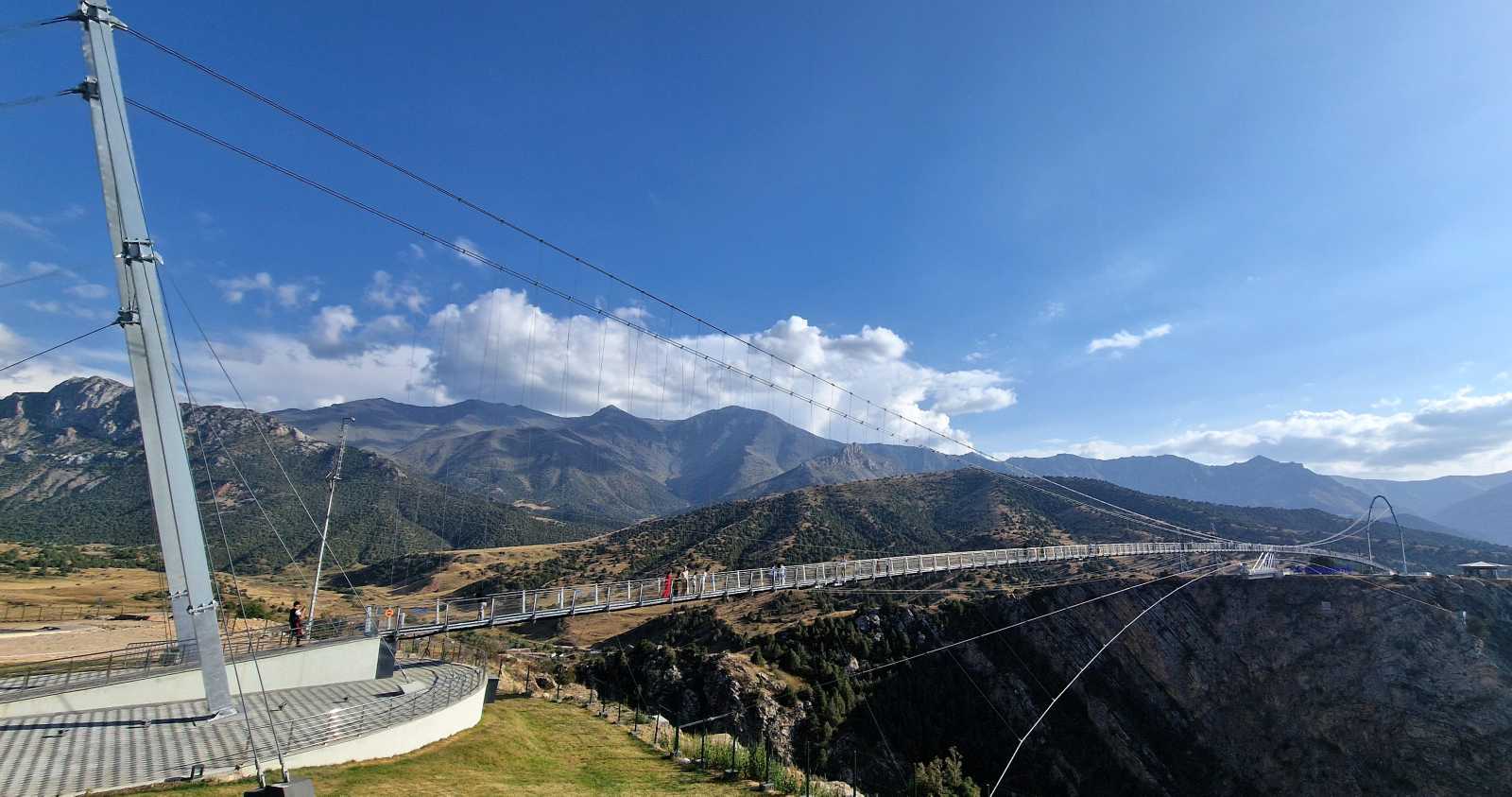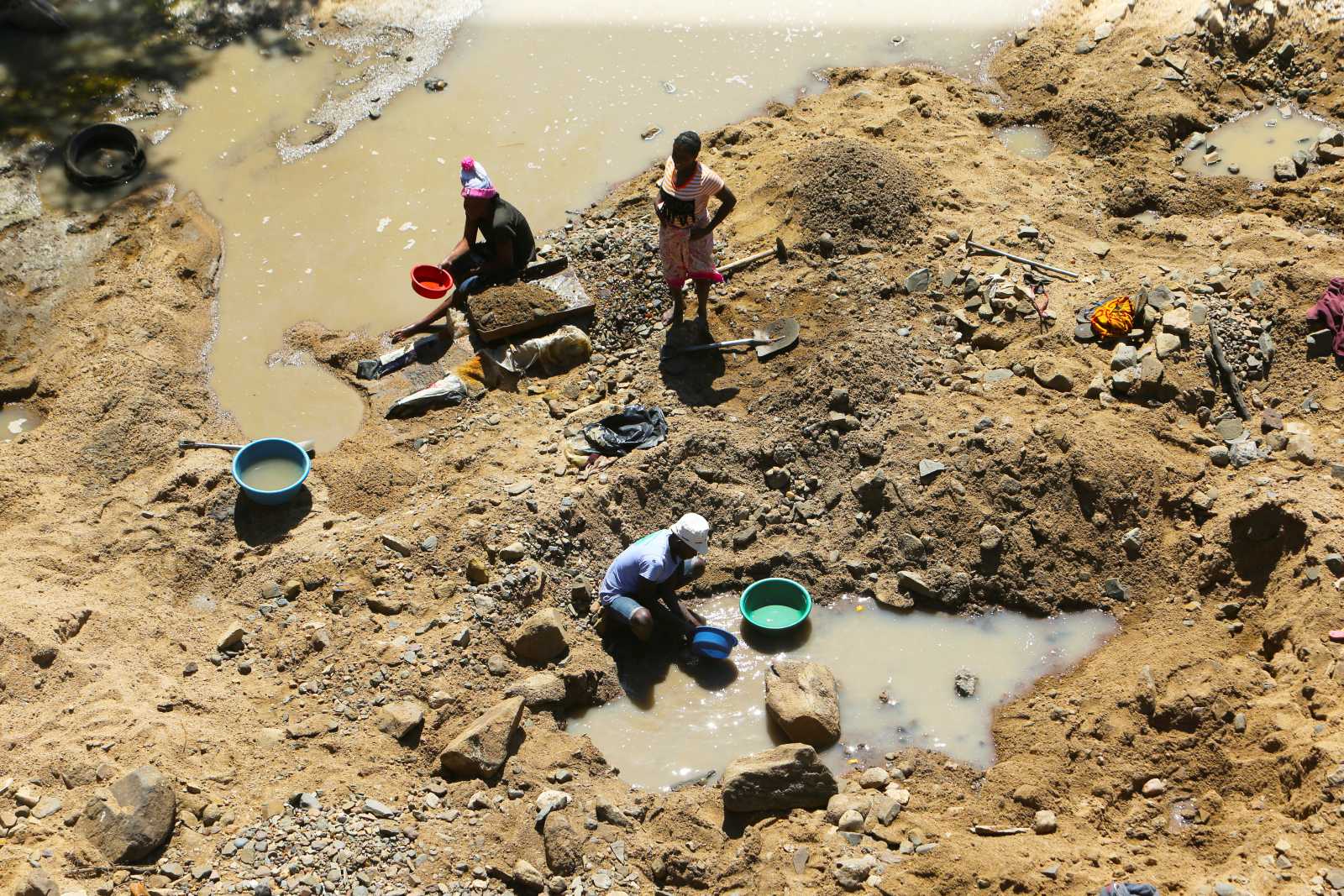Regional integration
A quarter of humanity
[ By Eduardo Araral ]
The ASEAN-China Free Trade Agreement (ACFTA) is a deal between two giants. China is the most populous country in the world and has a fast growing economy. ASEAN (the Association of Southeast Asian Nations) comprises ten countries: Brunei, Indonesia, Thailand, Malaysia, the Philippines, Vietnam, Singapore, Cambodia, Laos and Myanmar. A significant number of Japanese, American and European multinational companies have set up production sites and distribution offices in the region. Combined, the ASEAN economies are larger than that of India.
The agreement is a milestone in several ways:
– ACFTA is the world’s largest in terms of population. China’s 1.3 billion people plus ASEAN’s 580 million add up to a quarter of humanity.
– In terms of nominal GDP, ACFTA is the third largest in the world – behind NAFTA and the EU.
– The agreement is significant in a geopolitical sense as it represents a consolidation of China’s increasing clout in Southeast Asia, edging out the USA to become ASEAN’s third largest trading partner behind Japan and the EU.
In the past decade, China’s share of ASEAN’s total trade increased from four per cent to 11.3 % while that of the USA declined from 15 to 10 %. Moreover, ASEAN’s trade deficit with China surged five times since 2000 while its trade surplus with the USA went down by 12 % over the same period. China, the world’s second largest economy behind the US, is also the world’s largest exporter, having displaced Germany in 2009.
In substantive terms, however, ACFTA was more a symbolic step. Trade analysts point out the fact that, while ACFTA takes down the tariffs that were already low, it does little to remove non-tariff barriers. Moreover, ACFTA will not apply to all ASEAN countries initially. In a second step in 2015, Cambodia, Vietnam, Laos and Myanmar will also reduce tariffs as the other ACFTA members have already done.
Nonetheless, ACFTA does send a signal to the rest of the world that countries in the region are capable of cooperating to reduce the transaction costs of doing business. The agreement’s overall impact on the Chinese and ASEAN economies will not be sudden and spectacular, but they will be felt over time. There will be winners and losers in certain sectors and countries.
Generally speaking, consumers in the region will benefit from reduced tariffs for 90 % of traded goods in 7,000 categories. In future, tariffs will range from five to zero per cent. Moreover, countries that are rich in natural resources are likely to benefit from commodity exports to China. Six ASEAN members (Malaysia, Indonesia, Philippines, Myanmar, Vietnam and Cambodia) are generally considered to be resource rich.
On the other hand, countries that rely on cheap labour to produce manufactured goods will face tougher competition from China. However, wage pressures are building up in the manufacturing belt of China, so some companies may actually relocate from China to ASEAN countries such as Vietnam, Indonesia and Cambodia where wages are still quite competitive.
Workers and business owners in industries that have so far been protected by high tariffs will certainly be hurt, however. Indonesians and Filipinos will be affected most. The Indonesian textiles industry, for instance, may lose half of its domestic market.
Exchange-rate worries
The governments of ASEAN countries are also concerned with China’s exchange-rate policy. The tightly controlled currency makes exports artificially cheap. Last year, the Chinese currency, renminbi, remained largely unchanged against the dollar whereas Indonesia’s rupiah climbed 15.5 %.
Trade deficits between China and individual ASEAN countries will widen if these countries do not become competitive. For instance, Vietnam’s trade deficit with China grew significantly to $ 12 billion in 2008. Malaysia, Thailand and Singapore, on the other hand, were able to manage their trade deficits.
It remains unclear how many jobs will be lost or created because of ACFTA, but heightened competition will put more pressure on inefficient industries. It also remains unclear how ACFTA will affect existing economic disparities among ASEAN member countries. As it is, the purchasing power of ASEAN’s four richest countries was 10 times greater than that of the other members in 2009.
Given the disparities among ASEAN countries in terms of human resources, economic structure, governance, productivity and infrastructure, it is unlikely that economic gaps will be narrowed down by ACFTA. However, some sectors like agriculture, where 60 % of the ASEAN population eke out a living, could stand to benefit from this agreement. There are some snags, however.
– In the sectors of food and agriculture, many products are considered “sensitive”. In other words, special rules apply which do not promote trade.
– Many peasants are subsistance farmers. Unless their productivity gets a massive boost, trade liberalisation will not help them because they do not provide goods to markets. Governments, however, could and should invest in rural infrastructure and rural extension schemes to the benefit of these rural people.
What is certain is that increasing economic integration and cooperation between ASEAN and China’s economies is likely to drive a virtuous cycle of further cooperation and integration. Whether this will lead to EU-style monetary and security integration is an open question.
In any case, China and ASEAN cooperation has come a long way and now has a broad base to build upon. On top of economic integration, it now encompasses areas such as foreign affairs, transport, customs, public health, fighting transnational crime and several more.
Indeed, China’s leaders and diplomats have spent the past years assuring their ASEAN partners that their intentions are peaceful. As early as 2003, China and ASEAN reinforced that message by adopting the Joint Declaration on Strategic Partnership for Peace and Prosperity. China now intends to set up a $ 10 billion China-ASEAN Fund on Investment Cooperation. It
also plans to offer ASEAN countries $ 15 billion worth of credit, including $ 6.7 billion in concessional loans.
So far, China-ASEAN cooperation is largely based on dialogue and consensus building as well as on broad principles of cooperation. ACFTA has adopted the principle that differences have to be resolved through dialogue and good-neighbourly relations.
In the long run, however, ACFTA will need a robust mechanism for dispute settlement. As of yet, there is no court of justice or regional commission to enforce agreements among member countries.
Still, there are soft mechanisms to encourage compliance. Using peer pressure, scorecards and the “name and shame approach” have been agreed upon by member countries. ASEAN’s secretary general is empowered to report to the ASEAN leaders those countries that do not comply with agreements.
In the long term, it is hoped that the new ASEAN Charter will help foster a culture of compliance among its member countries. However, the development of such a culture will take time and effort. It largely depends on each member country’s commitment to regionalism, their identification with the ASEAN community as well as the conviction that what is good for ASEAN would also be good for itself and its people. In countries with elected governments like the Philippines and Indonesia, that may prove easier said than done.







